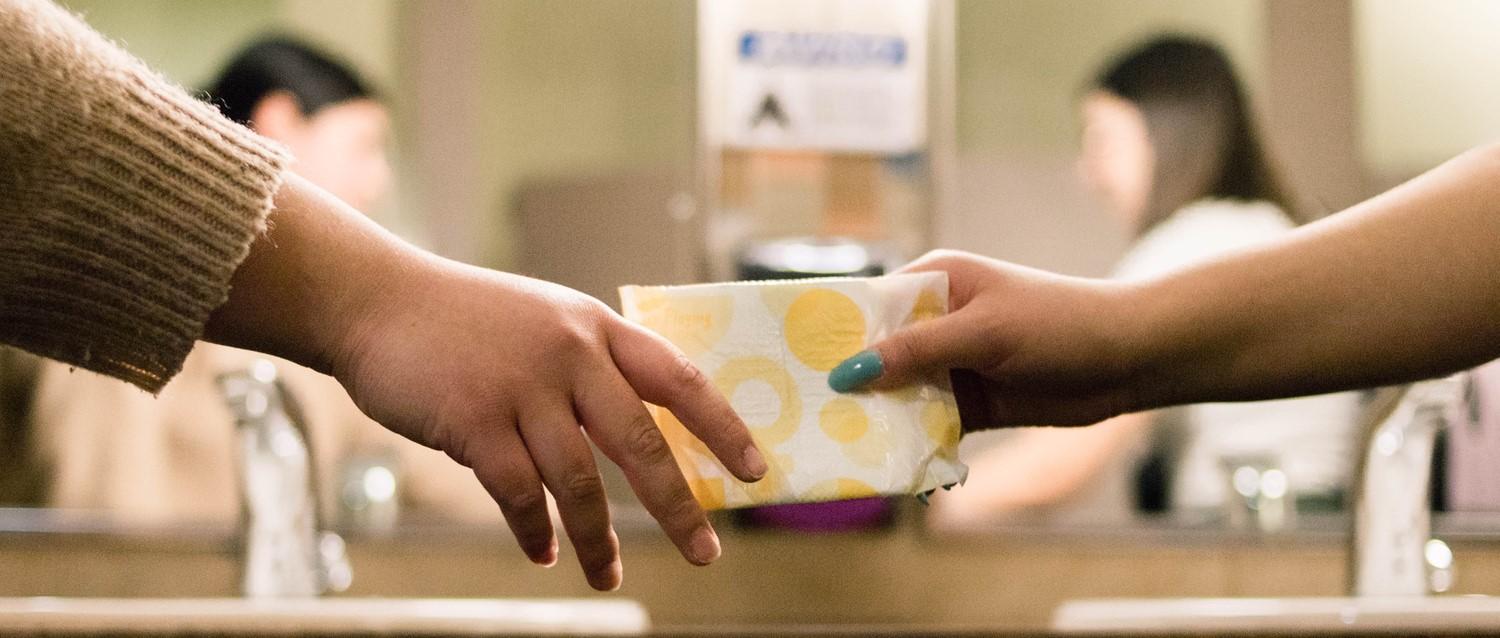
Is it normal to experience ovulation pain?
Peer reviewed by Dr Sarah Jarvis MBE, FRCGPLast updated by Sarah GrahamLast updated 14 May 2019
Meets Patient’s editorial guidelines
- DownloadDownload
- Share
- Language
- Discussion
We're all familiar with period pain. But what about pain that occurs mid-cycle? If you've ever noticed a pain on one side of your lower abdomen, roughly two weeks before your period, you might be experiencing ovulation pain. We asked the experts what it is, and if it's a cause for concern.
In this article:
"Ovulation pain, sometimes known as mittelschmerz (German for 'middle pain') is a dull cramp or a sharp and sudden twinge that is felt around the time the ovary releases the egg during each cycle," explains Dr Vanessa MacKay, a consultant gynaecologist and spokesperson for the Royal College of Obstetricians and Gynaecologists (RCOG).
Continue reading below
What causes ovulation pain?
The exact cause of this pain is not known, MacKay adds, but it is believed that it is caused by the fluid that's released when the egg breaks through the ovary wall. To understand how and why this happens, it's helpful to know a bit more about how ovulation works - which, let's face it, wasn't exactly covered in much detail during GCSE biology.
Fortunately, Miss Sangeeta Agnihotri, a consultant in gynaecology, obstetrics and maternal medicine, and a spokesperson for charity Wellbeing of Women, is on hand to paint a picture.
Essentially, she explains, at the time of ovulation a mature egg is released from the ovary. Your eggs are stored in follicles, which Agnihotri describes as: "a cyst with fluid around the egg". When that month's chosen follicle bursts or ruptures at ovulation, she explains: "It projects the egg towards the Fallopian tube - so you can imagine it a bit like a game of netball.
"Not many people understand that it's a dynamic situation in the body - not the rigid structure we see in diagrams. Things move," she adds. Indeed, the fluid that is released during that ovarian netball pass stimulates receptors in the very sensitive peritoneum (the large membrane in the abdominal cavity that connects and supports internal organs), and can irritate the nerves. It's this irritation that then causes pain.
What does it feel like?
Ovulation pain varies from woman to woman and, as MacKay says, may either be a dull ache or a sharper pain. 37-year-old Jasmin Harsono says she experiences: "A sharp pressing pain at the exact time and side where I'm ovulating, and I also get symptoms of a urinary tract infection around the same time. At this point in my cycle I am hormonal and have an increased sex drive - however, because of these symptoms, it can also affect intercourse, making it very painful."
Jasmin suffers from both endometriosis and adenomyosis and believes her difficulties with ovulation pain may partly be associated with these conditions, but adds: "I know that ovulation pain can be normal, and it has improved over the years with attention to and finding ways to support my cycle. It was a big problem for me, particularly in my teens and twenties, because I just didn't understand why it was happening, and it could feel quite upsetting and overwhelming."
Continue reading below
Why do only some women get it?
While ovulation pain is reasonably common, the reason why some women experience it and others don't all comes down to our individual pain levels and physiologies.
"Pain thresholds vary among each individual. Some women won't ovulate at all; some women won't have as much of the fluid that's released when ovulation occurs; and some women will actually have a little bit of bleeding at the same time, which is more of an irritant than fluid," Agnihotri explains.
How can you identify ovulation pain?
"The best way to confirm whether pain is linked to the menstrual cycle is to keep a track of it over a number of months," MacKay says. If it is ovulation pain, she explains: "It will usually be felt two weeks before your period is due to begin, and the discomfort usually appears on one side of the lower abdomen for no more than a day or so - no more than a couple of days."
The side you experience ovulation pain on obviously depends on which ovary has released an egg, so this can change from month to month.
It wasn't until Jasmin began planning for a family that she became aware of what her ovulation pain was.
"I've been aware of my ovulation pain for a few years now," she says. "I did lots of research when my husband and I were first trying to conceive. When I started to track my cycles, I began to see changes in my mood, patterns of pain, inflammation and fatigue, so I was able to link it to a particular part of my menstrual cycle, which was ovulation."
Continue reading below
Is it anything to worry about?
Generally speaking, ovulation pain is nothing to worry about. "It's fairly common and usually harmless, but it is a good idea to contact a healthcare professional if the pain is severe or difficult to manage, and if there are other symptoms, including fever, bleeding, a missed period, vomiting, pain with urination, or redness or burning of the skin at the site of the pain," MacKay advises.
"It's a good idea to track these episodes of discomfort, so that a woman and her doctor can work out whether it is linked to her menstrual cycle or if it may be another issue," she adds.
Patient picks for Periods and period problems

Women's health
First period - supporting your child when they start menstruation
Getting your first period is an important developmental milestone. However, although it is a healthy and natural part of growing up, it can come with symptoms and challenges that are both physical and emotional. It's important to inform and prepare both ourselves and our children in order to minimise any difficulties and offer the right support at the right time.
by Gillian Harvey

Women's health
How to delay your period - is it safe to take norethisterone?
Periods are a normal and healthy part of life, but there are times when we've all wished they wouldn't arrive. There are a number of ways to delay your period for a holiday or special event, including taking a medication called norethisterone. But is it safe?
by Lydia Smith
Continue reading below
Article history
The information on this page is peer reviewed by qualified clinicians.
14 May 2019 | Latest version

Ask, share, connect.
Browse discussions, ask questions, and share experiences across hundreds of health topics.

Feeling unwell?
Assess your symptoms online for free
Sign up to the Patient newsletter
Your weekly dose of clear, trustworthy health advice - written to help you feel informed, confident and in control.
By subscribing you accept our Privacy Policy. You can unsubscribe at any time. We never sell your data.